We often read articles in the newspapers about some person applying for judicial review of a decision made that did not go in their favour. But have you ever wondered what is judicial review?
It is a legal process by which we can hold government bodies—or those exercising powers authorised by government under Acts of Parliament—to account for the decisions they make that affect us. Some decisions may affect us directly and some indirectly, but nevertheless these decision-makers must be held accountable.
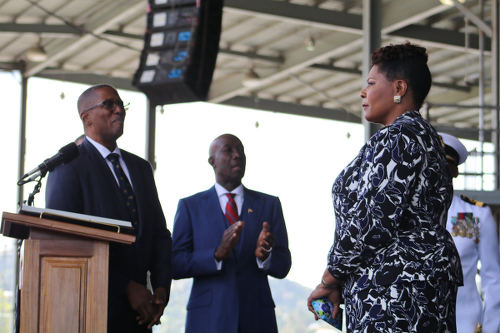
(Courtesy Office of the President)
Under the separation of powers, decision-makers can’t merely be accountable to themselves, and it is the domain of the courts to review the process, content and outcome of decisions to ensure that they are fair, just and reasonable.
Let us look at the famous—or infamous, depending how you look at it—Maha Sabha’s radio licence complaint, the Trinity Cross, and Feroza Ramjohn cases against the Patrick Manning government; or Basdeo Panday, and Israel Khan on two unrelated occasions taking Sherman McNicolls (former Chief Magistrate) to task for his decisions. And let us not forget Reginald Dumas challenging the then President Carmona over the composition of the Police Services Commission (PSC).
These are perhaps the most well-known examples of judicial review cases coming out of Trinidad and Tobago in recent memory and are still constantly brought up in other arguments—usually, in some racist manner but that is another story.
Did you notice anything in common with the five cases I gave as examples? Warning: it has nothing to do with race beyond a superficial coincidence. The common factor in all five cases is that the decision-makers, the persons who had the authority in law to decide on the matters, were all public bodies.
We have then, the first rule of judicial review. It can only be brought against a public body, or a body providing a public service. Ah, I hear you say, what about Sherman McNicolls? He wasn’t a public body. Wasn’t he? The Chief Magistrate is exercising powers within the judicial system and therefore is a decision-maker exercising public functions.
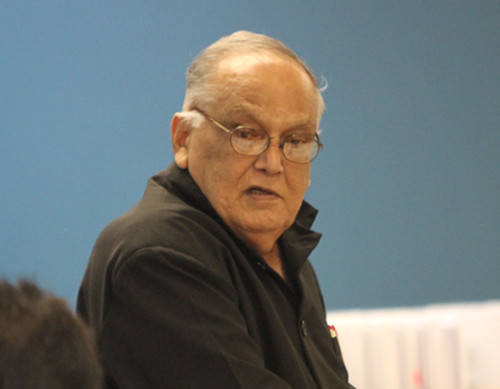
The second rule is more nuanced. We must look behind the personalities and examine the circumstances of the complaints. In all cases, the complainants claimed unfair treatment—that the decision-makers took factors into account that they ought to have ignored or did not consider factors that they ought to have considered; or that the process was biased, unfair or procedurally incorrect.
A word of warning here perhaps is necessary. Although race may be a factor creating bias or unfair treatment, the cases given as examples were not decided on racism to any of the parties. The decisions turned on the grounds of judicial review which I explain below.
Returning to the second rule, we can see that judicial review can be triggered by several grounds of action. These can be broadly defined: illegality, irrationality and procedural impropriety. Underpinning these are obviously Human Rights grounds which must always be considered. Of course, these broad ‘heads’ are further subdivided but judicial review claims can and do fall under multiple grounds at the same time.
Lord Diplock in Council of Civil Service Unions v Minister for the Civil Service [1984] UKHL 9—known as GCHQ—spoke on all three ‘heads’. On illegality as a ground for judicial review, he said:
“I mean the decision-maker must understand correctly the law that regulates its decision-making power and must give effect to it. Whether he has or not is par excellence a justiciable question to be decided, in the event of dispute, by those persons, the judges, by whom the judicial power of the state is exercisable.”

(Copyright Office of the President)
A decision is illegal under the following conditions:
- contravenes or exceeds the terms of the power which authorises the making of the decision;
- pursues an objective other than that for which the power to make the decision was conferred;
- is not authorised by any power;
- contravenes or fails to implement a public duty.
To meet the test for illegality therefore, the decision-maker must have ‘strayed’ out of the authorised ‘four corners’ of the relevant statute (Act of Parliament).
To meet the test for irrationality, there must be a measure of ‘unreasonableness’ or, more formally, “whether the power has been improperly exercised or insufficiently justified in the interest of good administration.”
Lord Diplock (in GCHQ) described irrationality:
“It applies to a decision which is so outrageous in its defiance of logic or of accepted moral standards that no sensible person who had applied his mind to the question to be decided could have arrived at it.”

(Copyright Taran Rampersad/Flckr)
Lord Donaldson suggested it was a decision which elicits the exclamation: ‘My goodness, that is certainly wrong!’ In legal parlance, it is also called ‘Wednesbury unreasonableness.’ In plain words, stupidity.
To establish irrationality, it is only necessary to prove that the decision-maker was substantially influenced by factors that affected the decision.
Procedural impropriety does not look at the decision itself, but only whether the procedure used to arrive at that decision was fair. This includes the procedure to review the original decision-making procedure—in other words, a court or tribunal may itself be reviewed for ensuring accountability and fairness.
When the procedure is not in a written form—such as a policy or Act of Parliament—the common-law rules of ‘natural justice’ applies. If the decision-maker:
- acted for an improper purpose
- acted with bad faith
- fettered discretion in some way
- improperly delegated decision-making functions,
- has a direct personal or proprietary interest in the outcome of the decision (rule against bias),
then the procedure may be considered tainted, and unfair.
The third rule of judicial review is that the person who is applying for judicial review, must be directly affected by the decision of the public body, or in the alternative, the decision must be so wide as to affect the public (section 56(2) of the Civil Procedure Rules 1998 (CPR)).
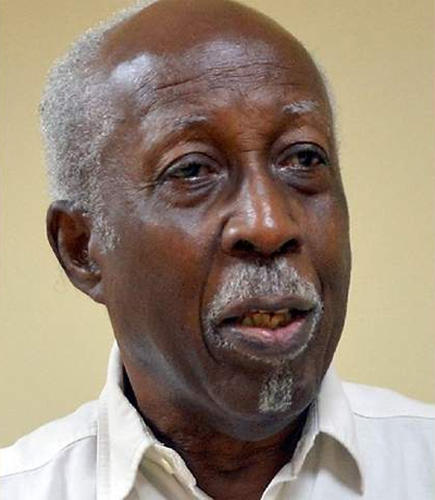
(Copyright Trinidad Guardian)
Returning to my examples, the Maha Sabha and Feroza Ramjohn were directly affected by the government’s decision in their individual cases, but Reginald Dumas wasn’t. He argued that not only was he an activist and former head of the Pubic Service with a keen interest in the country’s affairs, but also that the composition of the Police Service Commission (PSC) was a matter affecting the public on the larger scale.
It is solely the Courts’ decision (section 56(3) CPR) whether the claimant has ‘standing’—also called ‘sufficient interest’—in the matter. The Judicial Committee of the Privy Council (JCPC) decided that Dumas had sufficient interest because of his sincere concern for constitutional issues.
The fourth rule of judicial review is that the claimant must have exhausted all other possible ways to get redress for the adverse decision, or there must be no other legitimate way to hold the public body, the decision-maker, to account. However, this is not a hard and fast rule and may be amended at the Courts’ discretion.
The fifth rule is that the claimant must act speedily to assert his rights—also true of any legal matter. Section 56(4)(11) CPR stipulates 14 days, which infers 14 days from the date the claimant was informed of the decision that affects him. The English CPR stipulates three months. Again, the Courts can waive this at its discretion.
Of course, the above is a rather simplified overview of judicial review but I hope it explains what it is, why it is important and how it works. You may leave questions in the comments section of the blog, and I will address these asap.
Mohan Ramcharan is a Trinidadian living in England, an LLB (Hons) law graduate, systems thinking practitioner, and critical thinker. He is a product of two cultures and strives to be ethical and impartial in his thoughts and actions.
 Wired868 Wired868 for smart sport news and opinion
Wired868 Wired868 for smart sport news and opinion




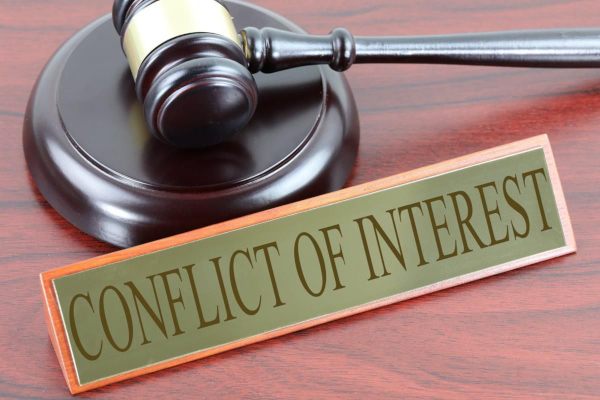
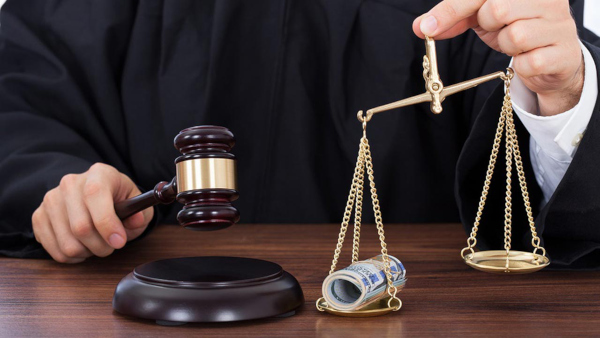

Thanks for the corrections.
generally good article except (1) the jurisdiction for “public interest” judicial review is to be found in section 5(2)(b) and 7 of the Judicial Review Act, and not the CPR, which just deals with procedure.
(2) the time limit for bringing an application for leave Judicial Review is 3 months where an order is sought to set aside a decision (s.11 Judicial Review Act, Rule 56.5 CPR). The 14 days referred to in Rule 56.4(11) is the period in which an applicant must file his Claim Form AFTER he has been granted leave to apply for judicial review.